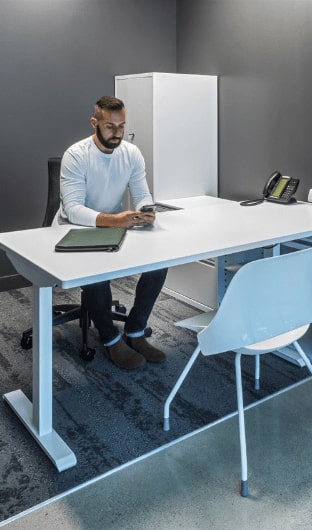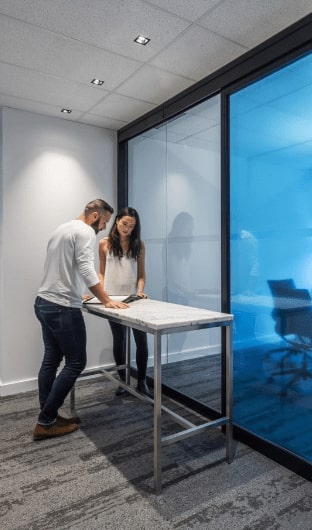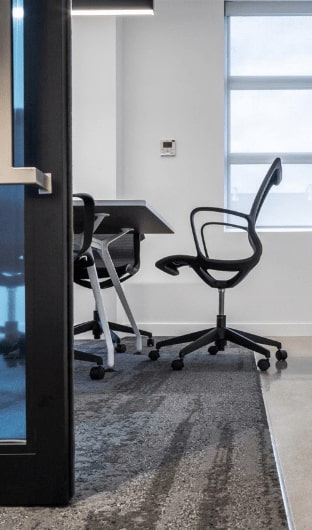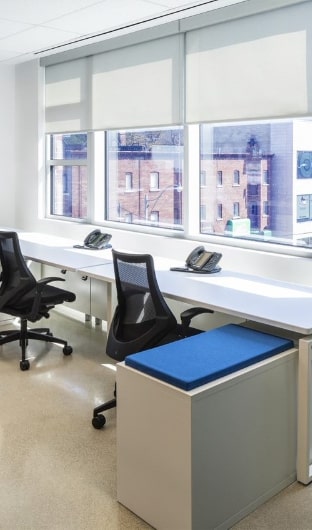
Designing Classrooms To Maximize Student Achievement
Designing classrooms to maximize student achievement involves creating a learning environment that is both functional and engaging for students and teachers.
One of the primary objectives of an educational institute is to provide students and educators with an environment that fosters learning and unlocks students’ potential to achieve academic excellence. Classroom design can significantly affect a student’s ability to concentrate, focus, and learn, thereby influencing a student’s overall academic performance. Several design elements such as lighting, air quality, classroom layout, and education furniture, among others, contribute to an effective learning environment. In this article, we will explore these design factors and their impact on student learning.
Classroom Layout
Classroom layout can play a major role in creating an effective learning environment. For example, furniture arrangement and the distance between the teacher and students should be considered as these affect communication and interaction in the classroom. Traditional teacher-centred classroom layout is being increasingly replaced with a flexible seating arrangement that makes the modern classroom look like a Starbucks cafe where students can sit comfortably, engage, and thrive.
Education Furniture
The education furniture also plays a key role in students’ comfort, concentration, and engagement in classroom activities. Flexible seating and tables allow students to move around and collaborate with each other, improving their engagement and boosting motivation. This is especially important for students with special needs, such as ADHD, ADD, and other learning disabilities, such as dyslexia.
Additionally, using ergonomic chairs and tables reduces discomfort, fatigue, and back pain, allowing students and teachers to focus on learning. The materials and sustainability of the education furniture should also be considered to make them long-lasting and cost-effective.
Lighting and Colour
One of the vital classroom design elements is the lighting as it can affect students’ mood, behaviours, and academic performance. Natural light can heighten student alertness and boost mood while artificial light can cause eye strain, fatigue, and headaches. Also, the incorporation of adjustable lighting can allow teachers to seamlessly switch between different activities, such as presentations, group work, or one-on-one study.
Moreover, the color and temperature of lighting can affect student emotions and performance. For instance, warm colors, such as yellow, or orange create an active and energetic learning environment while cool colours, such as blue or green enhance student concentration and promote creativity. Modern education facilities incorporate natural and biophilic design elements to promote relaxation and wellness.
Acoustics
The acoustic environment has a profound effect on the student’s ability to process and absorb information, as it affects both hearing ability and concentration levels. Poor acoustics including reverberation, echoes, and background noise can interfere with speech clarity, causing confusion and distraction. This ultimately leads to poor cognitive performance.
While noise is bound to be present, especially in elementary schools, the use of acoustic panels, carpets, blinds or curtains, and appropriate furniture and equipment can minimize noise pollution and help in improving students’ ability to concentrate and focus.
In addition, the use of technology, such as microphones and speakers in the classroom can also enable effective communication between teachers and students.
Accessibility
Student-centric education facilities strive to create a learning environment that is accessible and inclusive. An accessible and inclusive classroom design allows students with disabilities, such as wheelchair users, visually-impaired, and hearing-impaired students to participate in classroom activities with utmost comfort. This can include incorporating ramps, elevators, Braille signs, and audio systems in the education facility. It is also imperative to use furniture and equipment that are adjustable to different heights, sizes, and needs, allowing students to access and use them autonomously.
Environmental Factors
Environmental factors such as indoor air quality and temperature can also have a significant impact on student learning. Poor indoor air quality in the classroom can lead to students experiencing health issues, such as headaches, respiratory problems, allergies, and so on, while fluctuations in temperature can cause discomfort and result in poor concentration and performance.
Studies have shown that improving indoor air quality can lead to increased cognitive function and improved academic performance. This can be achieved through taking appropriate measures, such as ensuring proper ventilation, using efficient HVAC and air-filtration systems, maintaining building infrastructure, and regular cleanliness.
Similarly, maintaining a comfortable temperature can also improve learning outcomes as studies show that learning in a room that is too hot or cold can impair cognitive functions.
Virtual Classrooms
Virtual classrooms, over the recent years have become increasingly popular, especially in light of the pandemic. The use of technology in modern education facilities is common these days with video conferencing software, such as Zoom, Teams, or Google Meet, which allows easy communication between students and teachers from anywhere. However, when designing virtual classrooms, some of the important parameters to keep in mind include accessibility and inclusivity as well as privacy and safety of the students, so that the learning process is smooth and enjoyable for the participants.
To conclude, classroom design can significantly impact students’ learning experience, motivation, and improve overall academic performance, given the right considerations. Appropriate furniture, classroom layout, lighting, acoustics, accessibility, environmental factors, and use of technology are all important design factors that should be considered when creating a conducive learning environment for students and educators. By optimizing these factors, an educational facility can improve the comfort, engagement, and overall learning outcomes of the students and boost the productivity of the employees.
Looking to redesign your educational institute? Talk to our design experts at Harkel Office and find out how we can transform your school, college, or university with customized furniture solutions that best fit the needs of all your students and staff.





